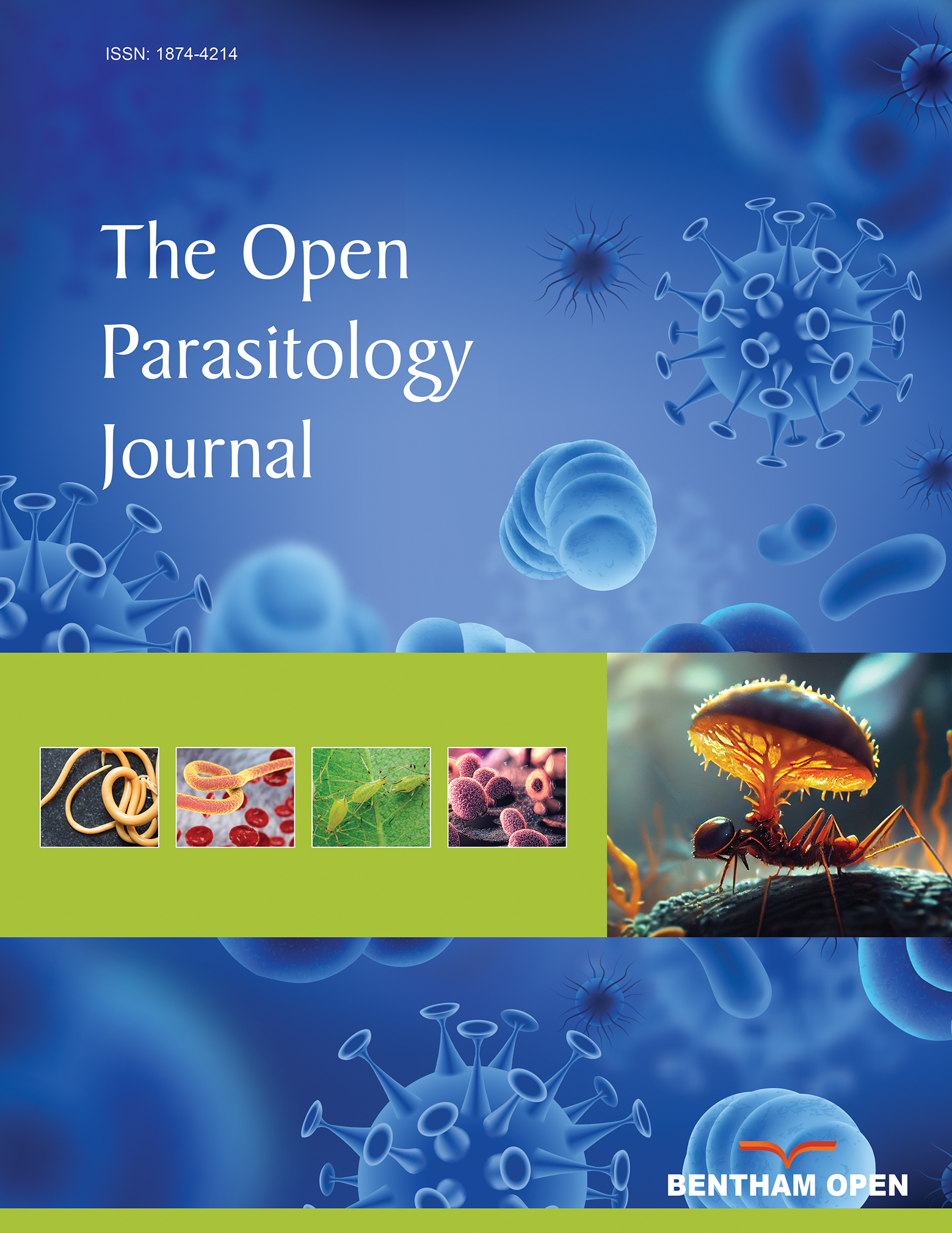Mini-Review: Factors Affecting Multiple Invasions of Erythrocytes in Plasmodium and other Malaria-like Parasites. A Neglected Characteristic of Infections
Abstract
Multiple invasions (MIs) are produced when the same erythrocyte is infected by more than one parasite cell. These MIs commonly occur in different haemosporidia species including Plasmodium and other malaria-like parasites. However, the frequency of MIs has been traditionally considered in studies both in vivo and in vitro as an artefact produced by high parasite densities, leading most researchers to think that MIs does not have a true biological meaning but they are merely the product of chance. Other proposed explanations for the occurrence of MIs include an adaptive host strategy to reduce parasite damage and hinder parasite transmission success and an adaptive parasite strategy which favours parasite transmission success. Here we review the relevant literature supporting or rejecting these hypotheses proposed to explain the occurrence of MIs. Although the possibility that MIs being due to higher parasite densities has received much support, more studies are clearly necessary to reveal the potential importance of host defences and parasite strategies on the occurrence of MIs in nature.


